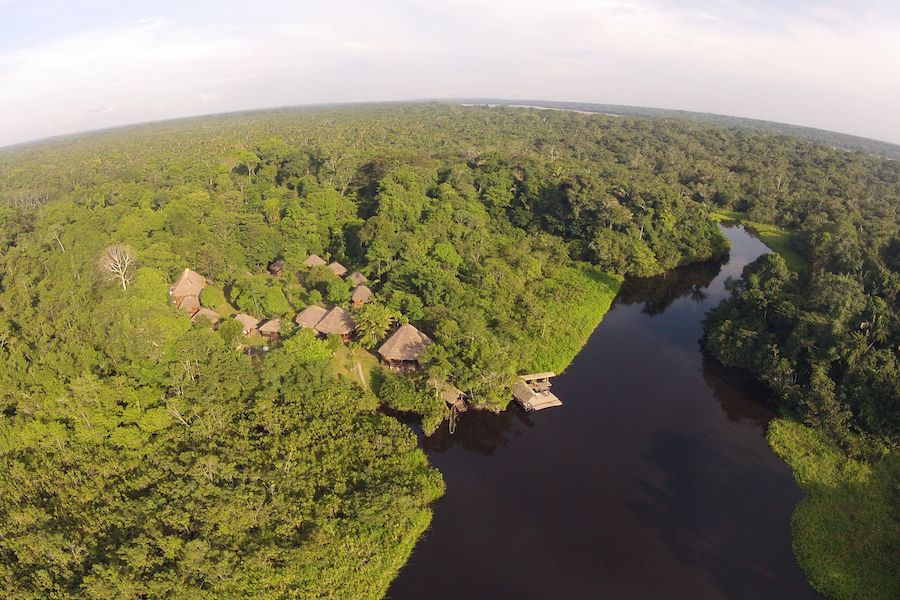RIO DE JANEIRO, BRAZIL – Environmental experts, indigenous organizations, and civil society presented the Bioregional Plan Cuencas Sagradas 2030, a proposal to protect the Amazon of Ecuador and Peru under an “ecocentric” approach.

It is an initiative developed by indigenous peoples and allied organizations operating in the Amazon territory, which contains a program with tools to meet the goals. It covers an area of 35 million hectares of forest shared by the two countries.
The objectives include consolidating good living in the Amazon, ensuring full indigenous territorial governance, halting the advance of extractive industries, eliminating forest degradation and loss, and promoting forest conservation and restoration.
35 MILLION HECTARES
“It is a tool that attempts to provide a clear, viable, and realistic line of action for protection overtime for this 35 million hectare bioregion,” said Plan coordinator Juan Manuel Crespo at the presentation.
Sixty percent of this area is made up of a mosaic of indigenous territories and protected areas.
This environmental project seeks to articulate “concrete alternatives” to the current economic, social and ecological crisis facing the region, added Crespo, who stressed that the geographic area in question is home to 30 indigenous peoples and nationalities surrounded by a rich biological diversity.
The plan proposes a portfolio of projects that aims to attract investments of more than US$600 million over the next ten years with a set of innovative initiatives to generate an “Economy for Life”.
“Bioregional planning is the method. We believe that it is necessary to think of the Amazon space as interconnected and interdependent in which everything has a relationship, and that is the vision of a bioregion, where the peoples who inhabit the Amazon are the main actors,” said the coordinator of the initiative.
The proposal calls on international aid and regional governments, organizations, and civil society to support an economy where “ecocentrism” is the cornerstone.
For the director of the World Wildlife Fund (WWF) in Ecuador, Tarsicio Granizo, the Plan proposes “a different vision” because “analyzing things from a bi-regional perspective is revolutionary”.
OLD PROPOSALS NEW PROPOSALS
The technician of sacred basins in Peru, Wrays Pérez, a Wampís indigenous leader, pointed out that his ancestors had already warned years ago of the climate crisis that the planet is experiencing today.
He also mentioned the initiatives from the nationalities to establish debt-for-nature swaps nearly thirty years ago, when they were branded as utopian, proposals that are now included in the Plan.
“The original nations were going to respond to that debt, and today we are once again addressing these major issues in the Bioregional Plan,” he said about the initiative to “protect our mother nature”.
From the naturalist Pachamama Foundation, Natalia Greene emphasized that “as civil society, we are supporting this initiative and model of life change.”
Among other aspects, it proposes solutions in renewable energies, transportation, leaving oil in the ground, and actions to address health, education, and energy issues, among others.

